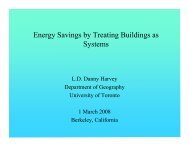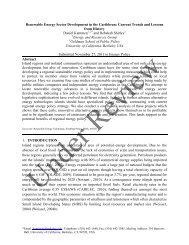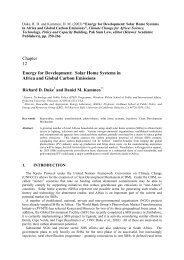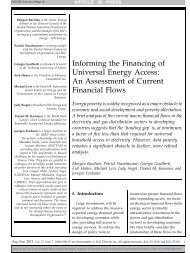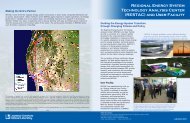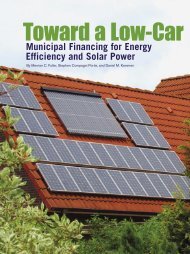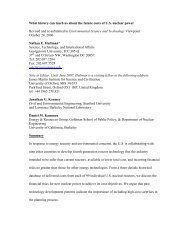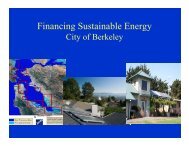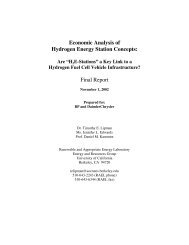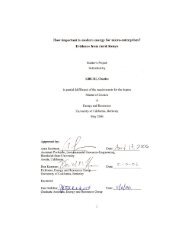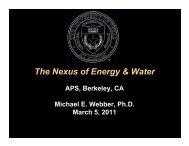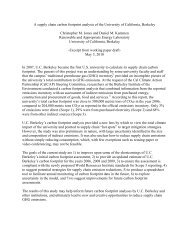Testing Small Wind Turbine Generators - Renewable and ...
Testing Small Wind Turbine Generators - Renewable and ...
Testing Small Wind Turbine Generators - Renewable and ...
- No tags were found...
You also want an ePaper? Increase the reach of your titles
YUMPU automatically turns print PDFs into web optimized ePapers that Google loves.
Figure 2.9. Relationships between motor phases <strong>and</strong> torque output.Note that the torque profile of every phase is identical. In fact, the three unique phasesA-B, B-C, <strong>and</strong> C-A are simply offset from each other by 120 ◦ . The three remaining phasesB-A, C-B, <strong>and</strong> A-C are simply mirror images of the first three. For example, phase B-Ais equivalent to phase A-B with the poles reversed–thus the torque output of phase B-Ais simply the opposite of phase A-B. This relationship is shown in Figure 2.9: each pairof related phases shares a color. Solid lines represent the main phases, <strong>and</strong> dotted linesrepresent their mirror images.To keep the motor running continuously, the motor must always produce a positivetorque. That is, it must always “push” in the direction that the shaft is moving. To maintainmaximum positive torque, then, it is necessary to continuously switch which phase is active.This is illustrated in Figure 2.10. By switching to each new phase in the correct sequence,the torque output of the motor is kept positive <strong>and</strong> relatively constant, as represented bythe heavy black curve.The purpose of the power electronics package is to allow this switching of phases. Itenables the DC supply voltage to be applied across any two motor leads. This is accomplished,quite simply, by the use of six switches. For each of the three motor leads, oneswitch connects it to the positive DC terminal, <strong>and</strong> a second switch connects it to the neg-16



